It’s that time of the year. Joy felt Holiday celebrations are ramping up and resolutions are being planned to contribute to a brighter year ahead. Photographers make resolutions as well. Most frequently these relate to various year long projects that require us to make pictures on some scheduled basis, a switch in media or a different aesthetic forcing us to escape our creative cocoon.
I am not sure when it occurs for most, but sometime on into the new year, the holidays are past, we’ve forgotten what we were grateful about just a few months earlier. Our inability to make one MOMA worthy photograph a day has left us down on ourselves adding to the gloom of a new year that seemingly started with so much promise.
Last fall I started a new project that sort of kind of was a picture of the “Insert a time period here” sort of thing. It involved making images but had nothing to do with photography. It had to do with gratitude and celebrating the things in which I derive happiness from in life. I intend to continue it on into the new year. Perhaps you may find interest in something similar as well.
In early August, I saw a segment on CNN featuring their medical expert, Sanjay Gupta. The feature discussed how one can exercise their brain to generally be happier most of the time. The discussion was centered around the experiences and research being done by Christina Costa, a graduate student at the University of Michigan. The work related to the neuro activity of the brain and how gratitude contributes to well being. A link to the related podcast is HERE.
The thesis is roughly this (*warning: Semi-Retired Marketing Scientist discussing his perceptions of Neuro science ahead – take appropriate safety measures). Part of the brain is made up of specific areas where we feel specific things. Over time we condition our brains to easily access some places over the detriment of others. What pathways are conditioned, change person to person based on experiences and nurture. In a simplistic summary, we wind up with some people being happier people than others.
There are photographs coming, I promise.
Part of a solution towards getting to a happier and less depressed state of mind is to actively seek to engage the parts of our mind where happiness resides. For some of us though, these are distant lands, roads not traveled and left in a state of apathetic neurological neglect. A partial remedy to the problem is deliberately traveling these neglected pathways. As traffic to these emotional destinations increases, the brain responds by upgrading the neurological infrastructure that leads to them. Over time, the pathways to joy, sadness and introspection are all well developed and we can respond to the full spectrum of life that presents itself during our days.
It seems more and more of society finds itself needing to retrace these paths. We live in an epidemic of mental health concerns, compounded by a world in turmoil from active war, disease, economic concerns and existential anxiety for the future. At the same time traditional cultural practices of manners, prayer and meditation have diminished. The practice of saying “Thank You” to either the cashier who completes your transaction or to a higher being in the solitude of the evening before bed had a way of creating regularly scheduled forays down the neurological passageways to places that calmed the emotions of the day.
Recent research by Giles, Hungerman and Oostrom released in a NBER working paper finds that within the United States, over the last 50 years, a drop in religious participation was a precursor to a rise in “deaths of despair” that has been observed in recent years. The epidemic of suicide, addiction overdose and deaths from alcohol related diseases was not universally observed in all demographic cohorts, only those who had experienced the preceding decline in religious participation. They do not claim the phenomenon is purely driven by causality related to metaphysics, they leave open the potential for other factors that are causal for both. The social researcher in me ponders if there isn’t a mitigating variable between religiosity and deaths of despair in play here. Gratitude, a potential by product of religious participation (as well as other cultural practices and affiliations practiced by society) would be in decline along with religiosity. It is the decline in collective gratitude that potentially leads to the rise in deaths of despair. The data set they use is not likely to contain a measure to make this connection, but it is worth considering.
Science has recognized a lack of “neural joy” as a correctable problem for many. From the podcast referenced above, Christina Costa emphasizes the importance of a “Gratitude” practice in one’s lifestyle. She has the neuro-scans of people who practice gratitude and can compare them to those who don’t. The light patterns that indicate neural activity could not be any different in the scans for those two populations. Her research is now focusing on whether the latter group can reshape their neural roadmap by incorporating a gratitude practice into their lifestyle. These ideas being confirmed by neuro science have long been part of psychological treatment, even if the neuro-biological mechanism was not well understood.
But here is the problem and where photography enters the discussion for me. How does someone commit to a gratitude practice? I suck at writing and cannot conjure the energy and focus to do it daily which would be required for a practice based on Journalling. I have overly active dogs so deep meditation or prayer are inevitably cut short. I already thank the kid at the deli counter for my lunch, going on about how much their sandwich means to me and how it nourishes both my body and soul seems a little creepy. My circle of peer friends and acquaintances is small, “thank yous” for them become repetitive quickly. Psychological treatment plans are only as helpful as they can be incorporated into one’s lifestyle without a herculean ask of discipline for what is not near to one’s established habits.
My most important form of personal expression is my photography. I can do things with images that I cannot do with words from my mouth or fingers. As I pondered the role of a gratitude practice in my life a natural course of action became clear. It should be part of my photography. I started in August, and I call it the Gratitude project.
My goal is to make a photograph of the things in life I am thankful for when I actively encounter them so I can later go back and re-appreciate them in times when spirits are low.
Here are the details in my implementation. First – cell phone images only. The cell phone is always with me, I should never consciously miss on capturing a joy. The cell phone is quick, a second or two to compose. I don’t need to obsess about the exposure details like I would with another camera. The cell phone will have limited image quality relative to another camera – this takes the pressure off of feeling like the picture has to be made perfect. It only has to be made.
I don’t tie the frequency of images to a calendar. The pressure of a calendar ruins the effort here. Some days there are multiple images, some days none. Perhaps the number of days with none will dwindle over time, if I am successful, they probably should. When the image less days do diminish, it should be tied to the progress of recognizing a moment, not the tyranny of a time keeper.
I upload these images to a special gallery located in my Smugmug account. It is a private gallery. Since I have the smugmug app on my phone, in moments of down time, meaning times that describe my schedule, activity or mood, I review this gallery. I am reminded of the things that bring purpose and happiness to my daily existence.
My photography is not always particularly happy. I don’t want that to change. There is sadness and injustice in life. We should not be afraid to know the neural routes to those places so we can shine a light on them. We are not whole if we are only Pollyanna. I am curious though, as I continue to extend this project and way of seeing into the new year, will my body of work become fuller as a result. It is not a goal but it will be interesting to look back on years from now when the pictures left for me to take begin to dwindle.
What follows are a few of the images from my Gratitude Project. A peek into that private smugmug gallery. I have written about what each of these images means to me and what they represent. If this project sounds promising for you to adapt and adopt, sincere best wishes.
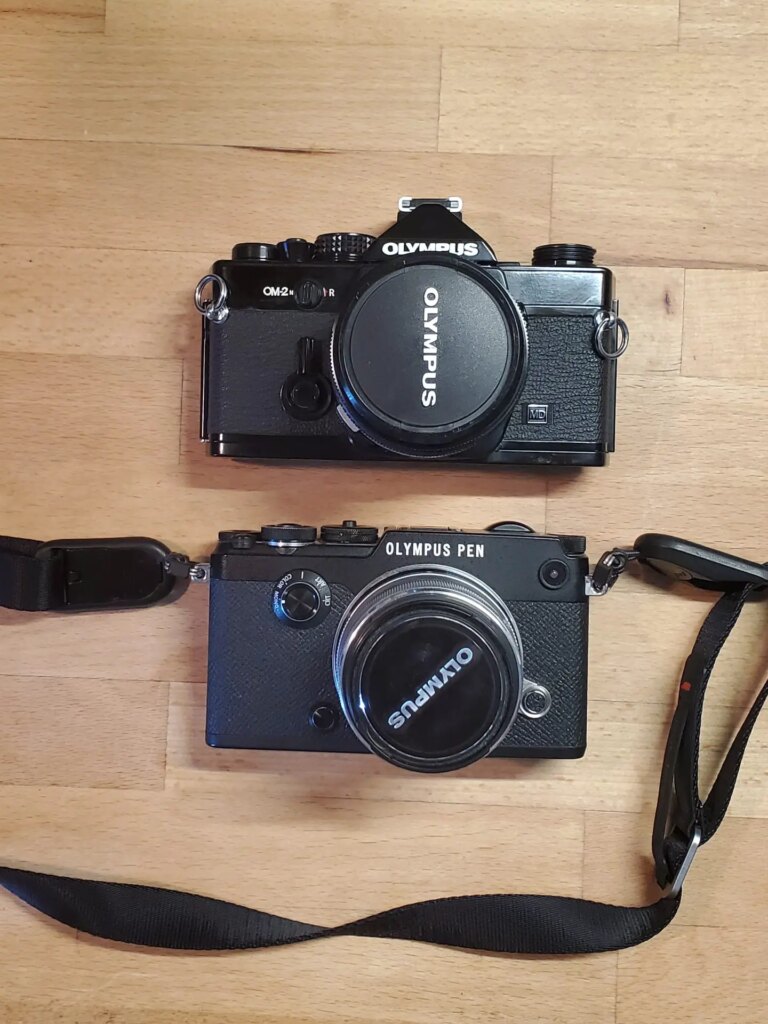
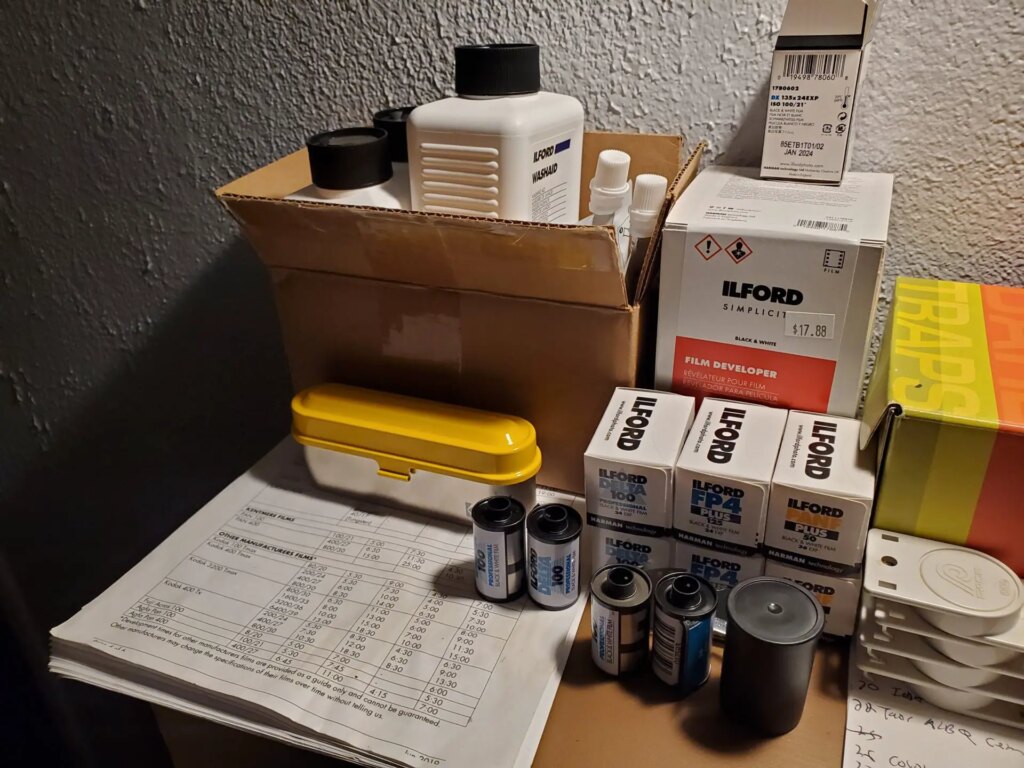
I doubt there is little surprise nor the lack of prospect that these might be similar images to ones you might make and include. Photography is my escape. It is my reason to get healthy steps under my feet, find that zone where you lose touch with all else and simply focus on composing in the moment. Being part of It, letting it flow through you while being interpreted by you. “The Zone” or “The Flow” is another mental state that is beneficial for us. In those moments the stress of everything else melts away and is not our concern. It’s a place with a high level of mental awareness and activity, I am often exhausted after a couple hours. Its like mental cardio for me. When I am done, there is more balance than when I began. When I am done, I have been changed in some way.
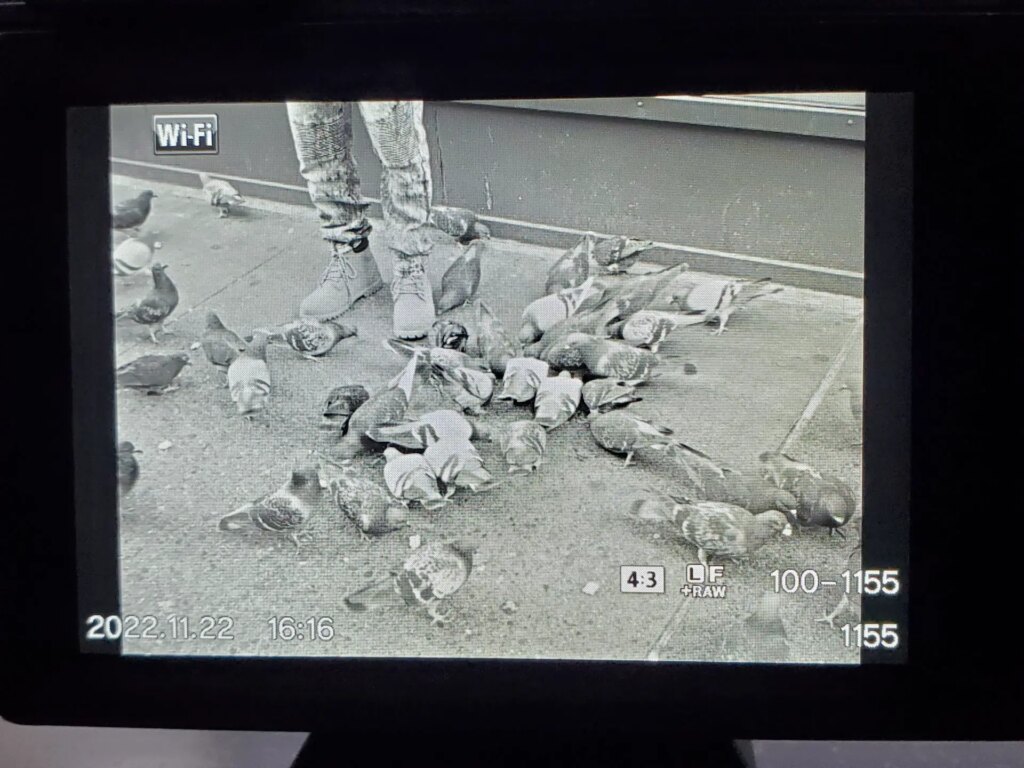
Books featuring the photography of others has only become an active pursuit in recent years. When I was younger, I sought photography books as well but they were different. They were cookbooks of the trade. The first book of work by others I remember falling in love with was “A Day in the Life of America” that came out in the mid 80’s. When we study language, we learn the alphabet, how to use letters to assemble words. Words become sentences, sentences become paragraphs. Paragraphs become essays or something more. Our scholastic study does not stop when that tool box is complete. Once our toolbox is full, we read the work of others. Others with the same tools as we have, but we learn by studying what they did with that same set of tools. Photography and photography books operate in the same way. We have the same tools as most. Sometimes to grow, we just need to experience how others have used the tool set in different ways. Most of all I appreciate photography books for providing me perspective about my own work.
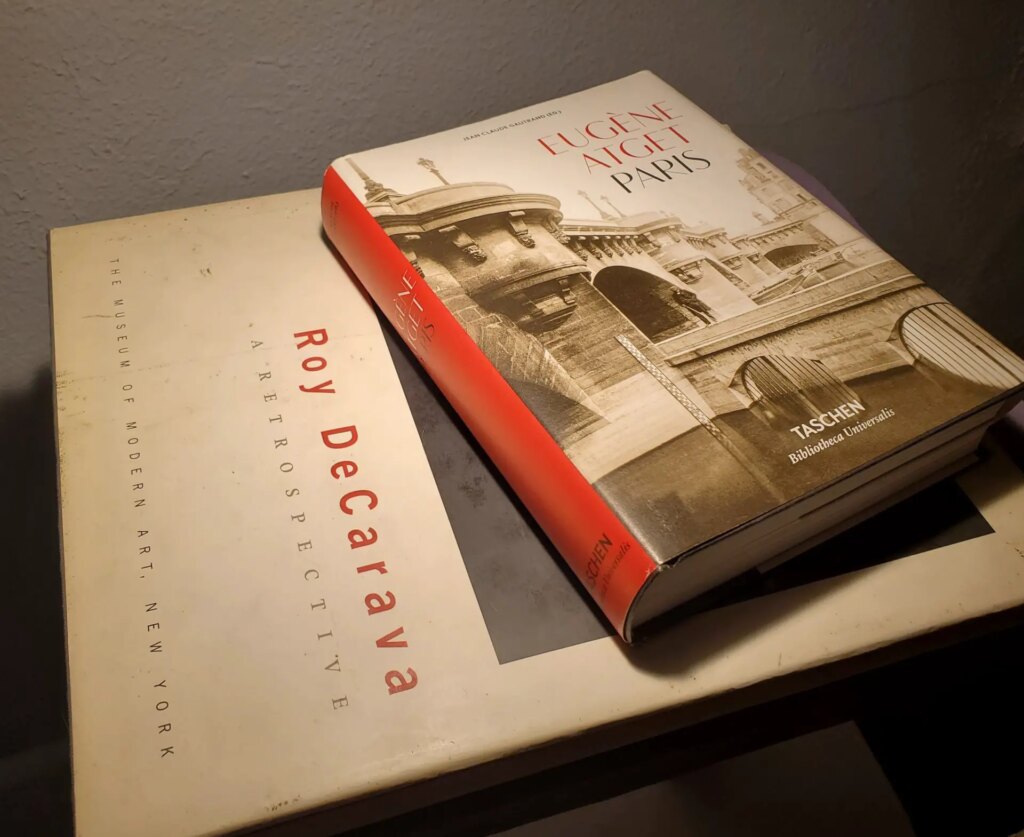
I currently have four dogs. Three youngsters and Millie. Millie is the last of a previous generation of three. In her day, she terrorized a generation that preceded her. Now she finds the hubbub of the younger crowd a bit annoying. She’s dad’s dog, my princess. 16 now, we almost lost her twice in the past year. After a period of partial paralysis, she is back on her feet wandering around licking the floor. It’s the peculiarity she has picked up in her old age. A spinal column of arthritis has slowed her down, which is convenient since I feel the same way most the time. She follows me out to the shop office to “Work” and is usually in the background snoozing away as I edit pictures, write, or prep for teaching my classes the next day. This stuff is too boring for the other dogs. They stay out on the rampage in our fenced acre. She has a room to herself when we aren’t around. I am sometimes anxious when I leave for university in the morning. Did I put Millie up? I do a u- turn half way down the road and come back to make sure. From the deck, I look through the back window of the photo den (her room) and see her by the door waiting for me to come back, waiting for the next time we can go to “Work” in the shop office.
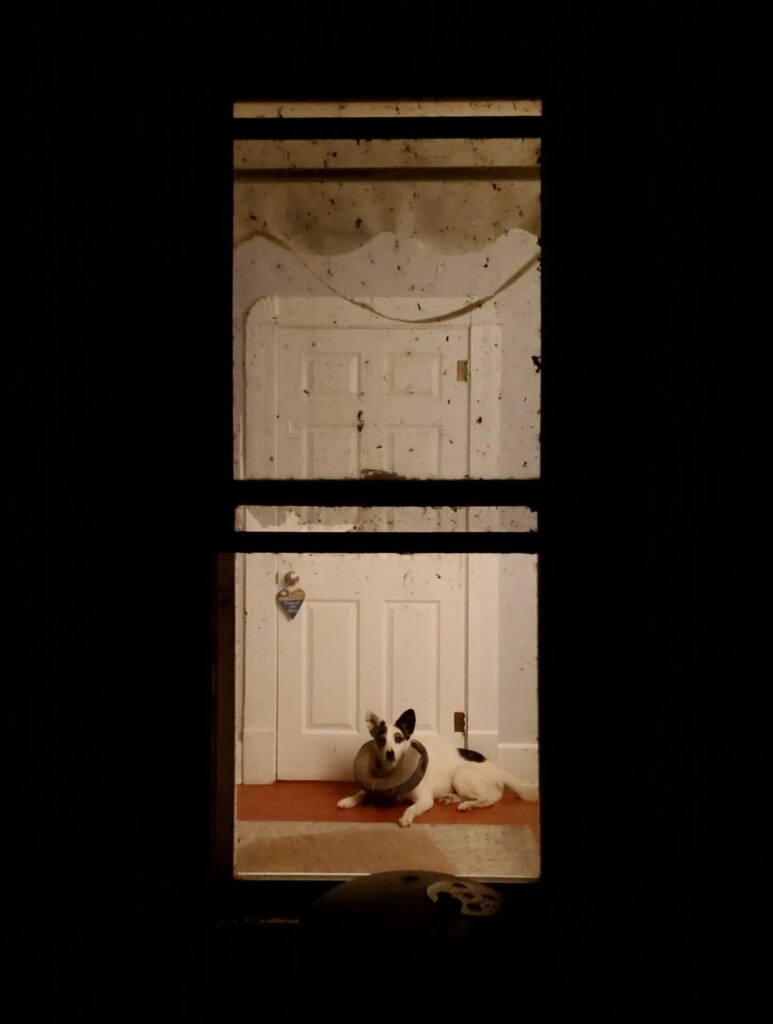
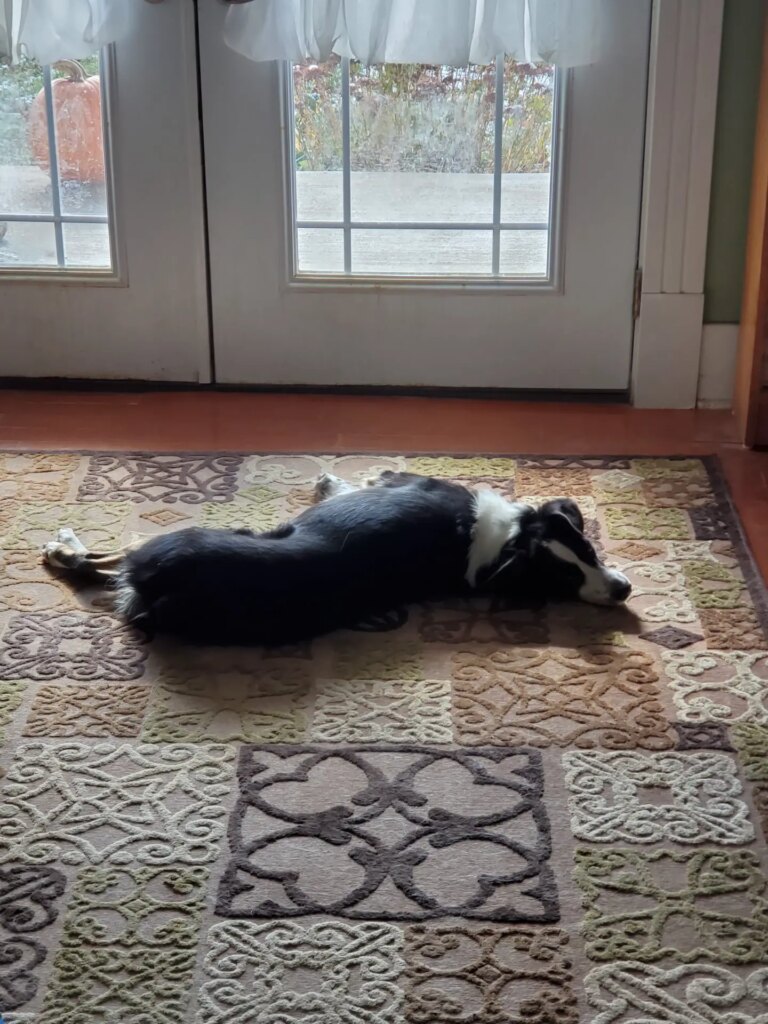
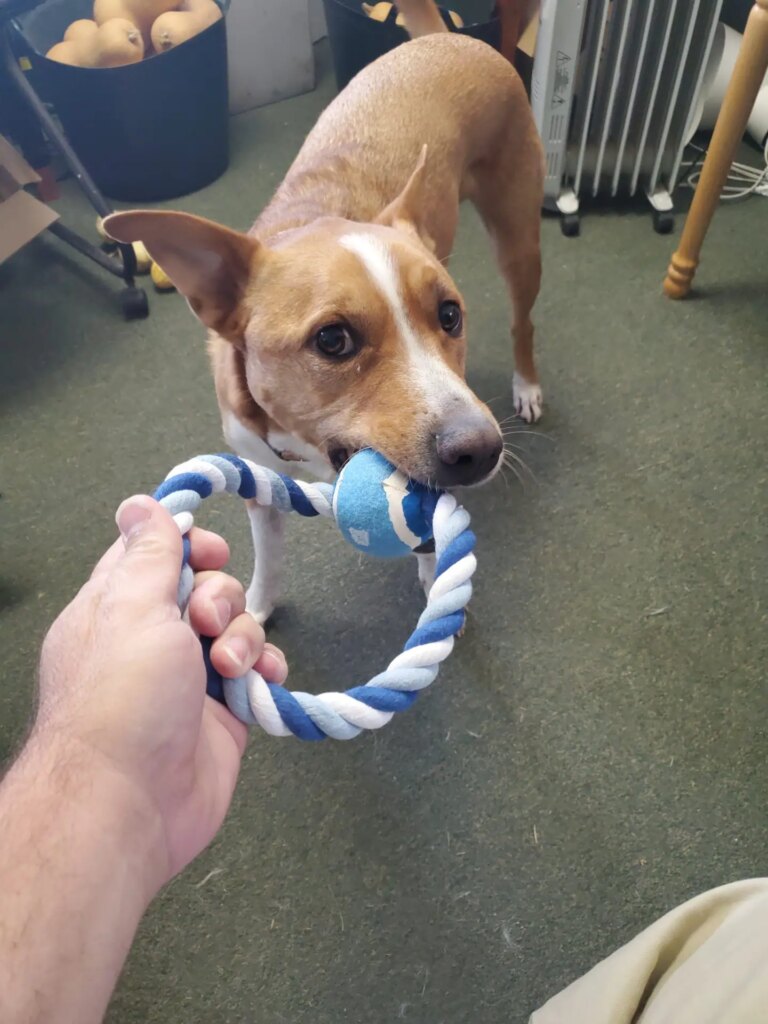
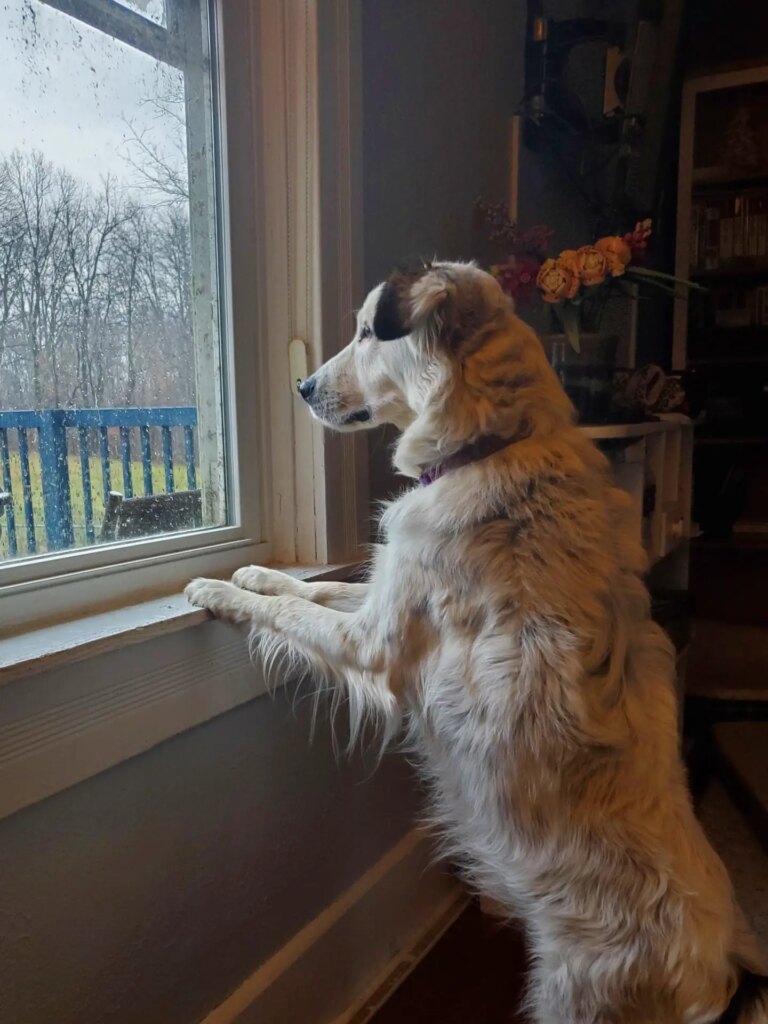
I never take pictures of Jenny. She doesn’t let me. So in theory there should be some pictures of her in my gallery, but there aren’t. That’s not to say it is devoid of people however. On occasion my photography has included conceptual stories or simple lifestyle shoots to distract me from the drab melancholy tone that a lot of my work takes on. As I have hired models to assist me with this work, I have found people who have become fixtures in my life.
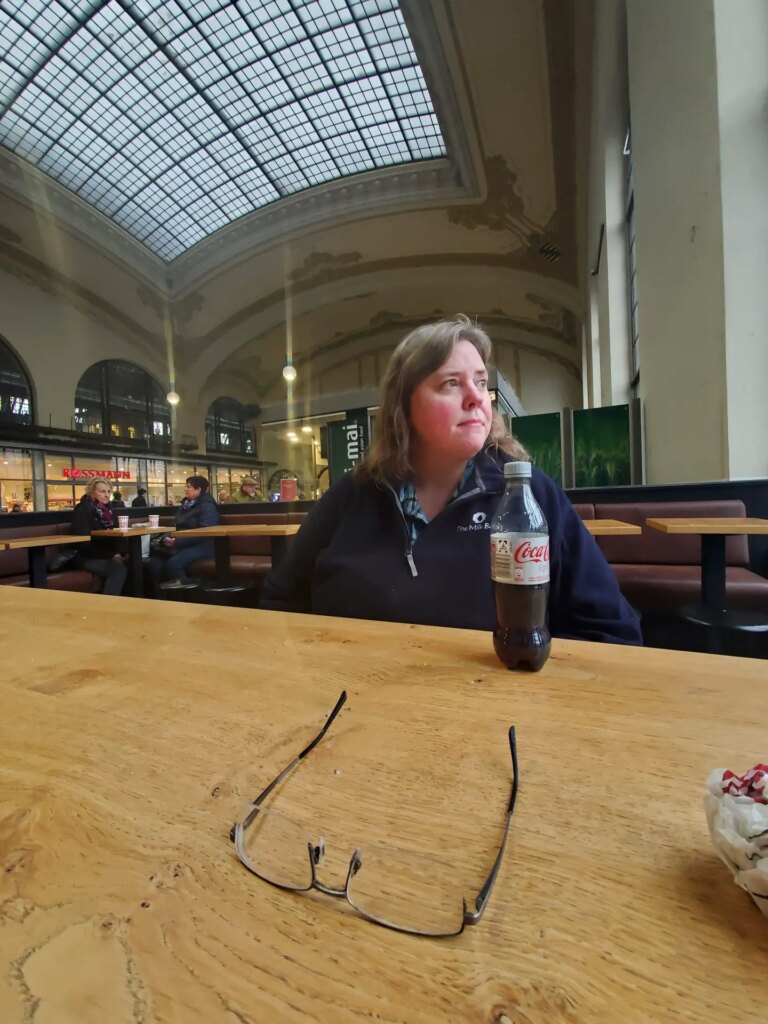
In the Book “Glimpses” British fashion photographer Terence Donovan wrote the following about one of the models he was working with. “Wearing a fur coat in a famous place. Next door people were having tea. She wanted to learn welding and sheet metal work after she stopped modeling. I think she was joking but I can’t tell anymore.” The hidden storylines that inspire “Glimpses” do not apply here, but that description pretty much sums up Sabrina. The most beautiful woman I will ever know has a handful of welding and SPRAT certs and is a member of the local stagehand union. One day she will hit the road and be doing the rigging for the next big concert coming to your town. We have worked together more than 20 times. Self confidence in her own image and appearance is not what it was when we first met. I don’t see it the same way. Her “flaws” deepen the admiration for me, but as a result, we work together less than we did before.
We put birdfeeders outside the window not with the hope of catching the brilliant red cardinal, but simply with the hopes that one might appear and spend a little time brightening our day before it flies away. My photography benefits from the days when Sabrina wants to put together an outfit and go shoot.
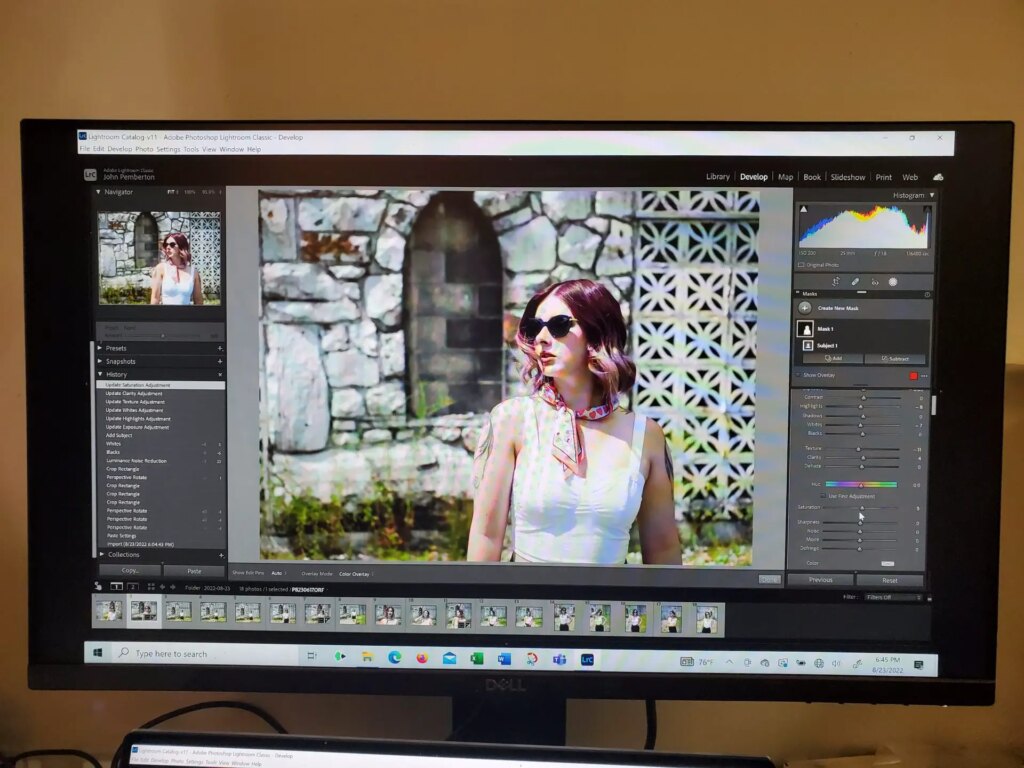
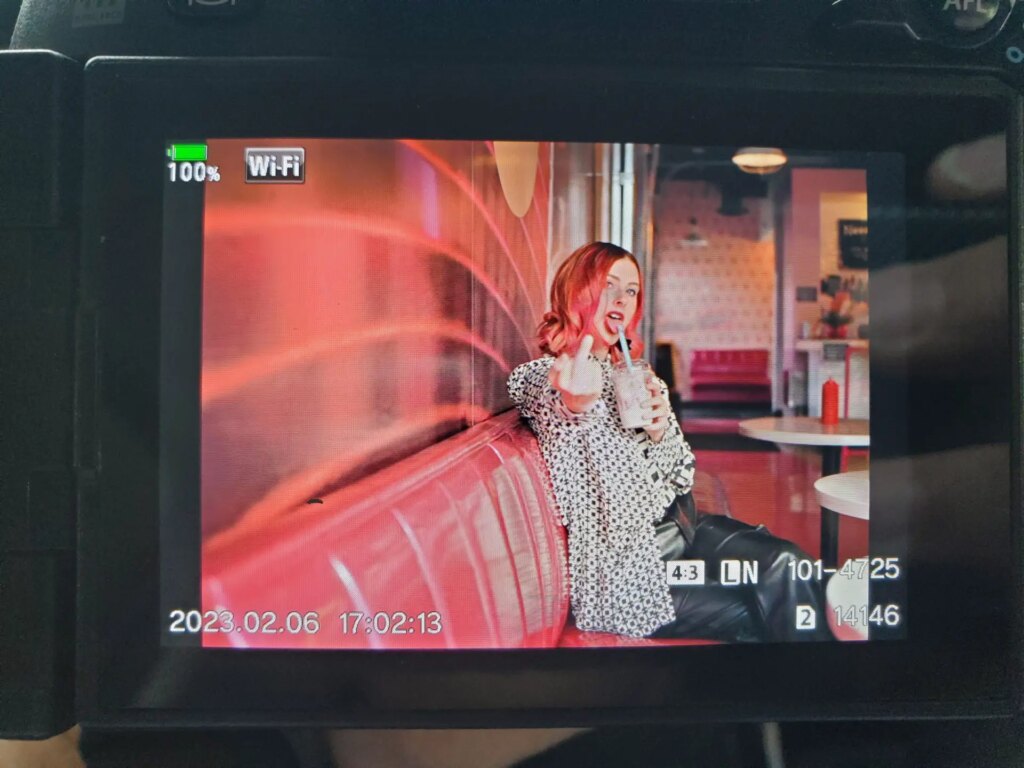
For the longest time, I had image compositions in mind for a visual story that I wanted to make. When I felt ready to work on that project I needed a model. The models I had most often worked with liked assignments where they could be beautiful. “The Hope Project” was not that. I needed someone to play a part. A part that was profoundly unhappy.
It was then I met Briley. At the age of 12, Briley had been pulled from school and went to gymnastics school 12 hours a day. She traveled, competed in regional meets and in certain apparatus, beat people you probably have heard of. Then at the age of 16, it all went wrong. During practice she suffered a catastrophic injury that kept her in a wheelchair for nearly a year. It took 4 surgeries to put her back together. In that time, she binged on-line high school and graduated a year early. But gone were the hopes and dreams she had for herself as well as the nearly assured college scholarship that was the likely prize for her gymnastics ability. A sense of purpose and aspiration were lost. She floated for a few years. When we met and I told her about “The Hope Project” she wanted to be a part. She was feeling many of the emotions it would explore. The work went well. I don’t promote the project much, but it is one of the works I am proudest of with my photography.
After it was done, we kept in touch, we shot other things together. We talked about the future and what was next. She enrolled in Community College and graduated Cum Laude with an Associate’s in Paralegal Studies. After taking a semester off to deliver Hudson, she has returned to university and is two semesters from a BA in Paralegal studies. Her grades are on target for proceeding to Law School if she wishes. Jenny and I don’t have children. Briley is estranged from her family. I refer to her as my favorite niece (don’t tell my actual niece – I might get in trouble) but for Jenny and I, having Briley in our lives is as close to having an adult child as we will ever get, Hudson is the closest thing to a grandchild we will ever have. It gives me hope that there might be a reason to stick around for the years ahead.
This October Briley wanted us to do Hudson’s first birthday pictures. She made the theme “fall festival” and we had grown plenty of pumpkins to add to the scene. Her life had come such a long way from when we met four years ago. As we were warming Hudson up for his big moment, I felt a feeling of gratitude, one that I was now committed to chronicling. I put down the big camera and grabbed the cell phone.
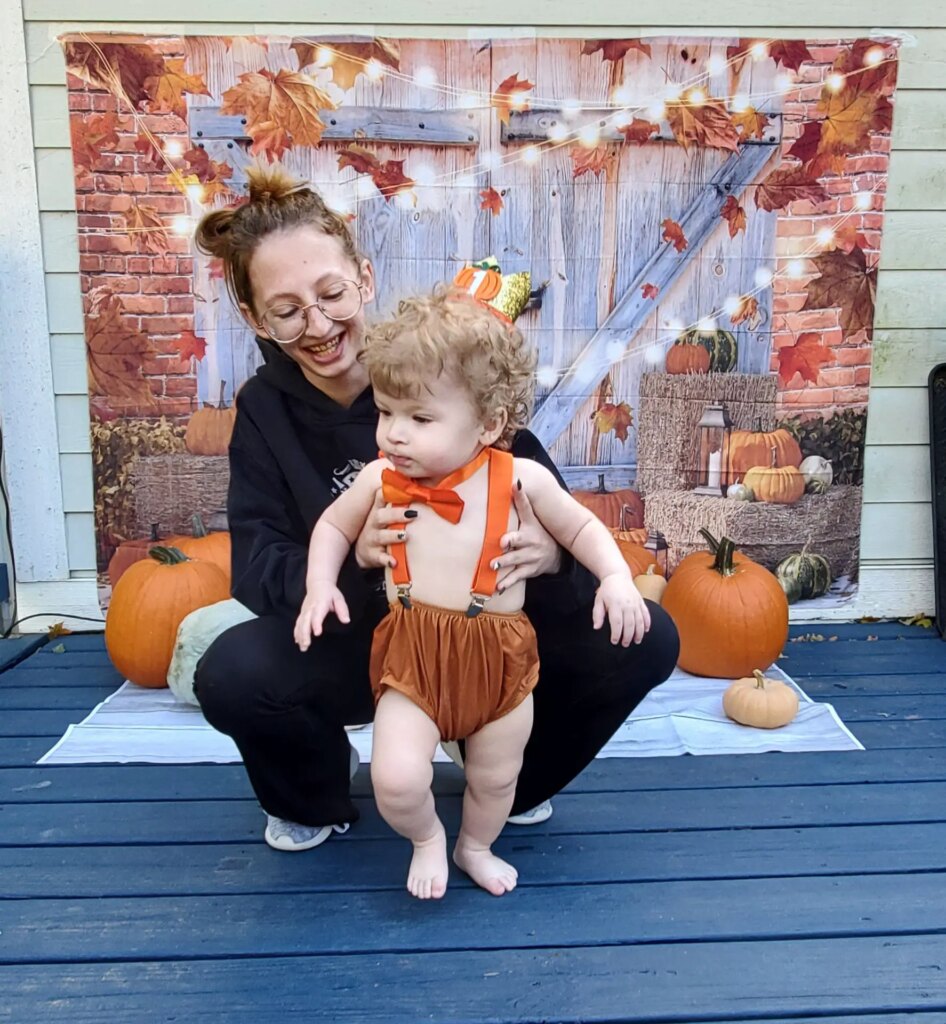
Whenever I scroll through my gallery, this is one that brightens my day the most.
You can find me, my personal work on my Site, Twitter and 500px
I also am the founder of F2.8Press, Publishers of Undiscovered Photography. We have an open call for submissions for our Zine: “Archive”. Check us out on Twitter!
When I am not wandering aimlessly with a camera, I am a Lecturer of Economics and Statistics at Butler University.
Share this post:
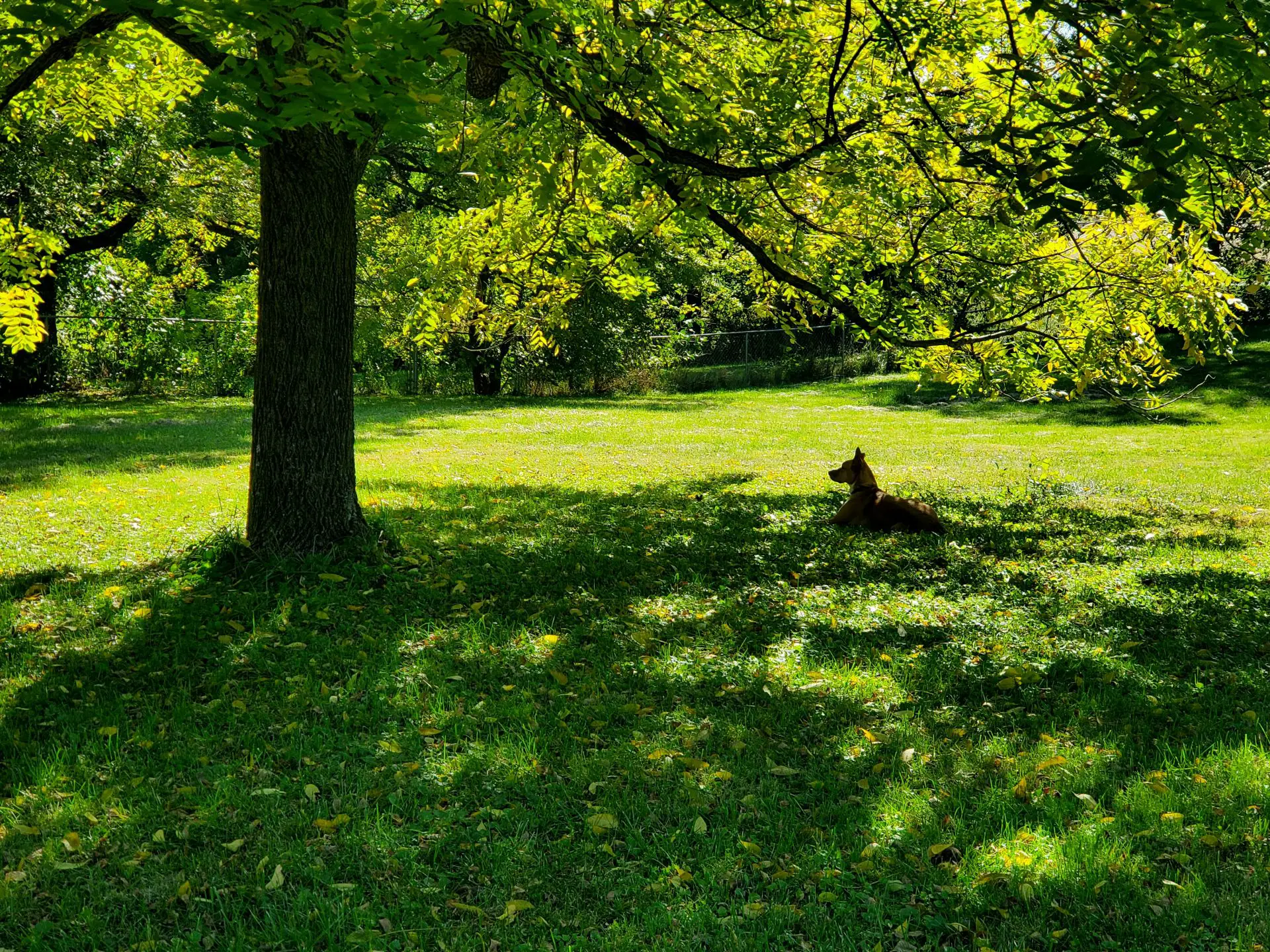








Comments
Shaun Edwards on The Gratitude Project – By John Pemberton
Comment posted: 24/02/2023
I’ve been doing a similar thing for the last 4 years using the journaling app DayOne. I do t use it in its full sense, often entries are only a few sentences with some images of things that struck me that day. The photographs are more of a visual sketch and l many of them are nothing special, not something that I would post to the world at large but they do bring back evocative memories.
The nice thing about dayone is it will show you an in this day for all posting that you did on todays date. As you use the system more you start amassing quite a memory bank. I find his really beneficial in reminding you of these events.
Comment posted: 24/02/2023